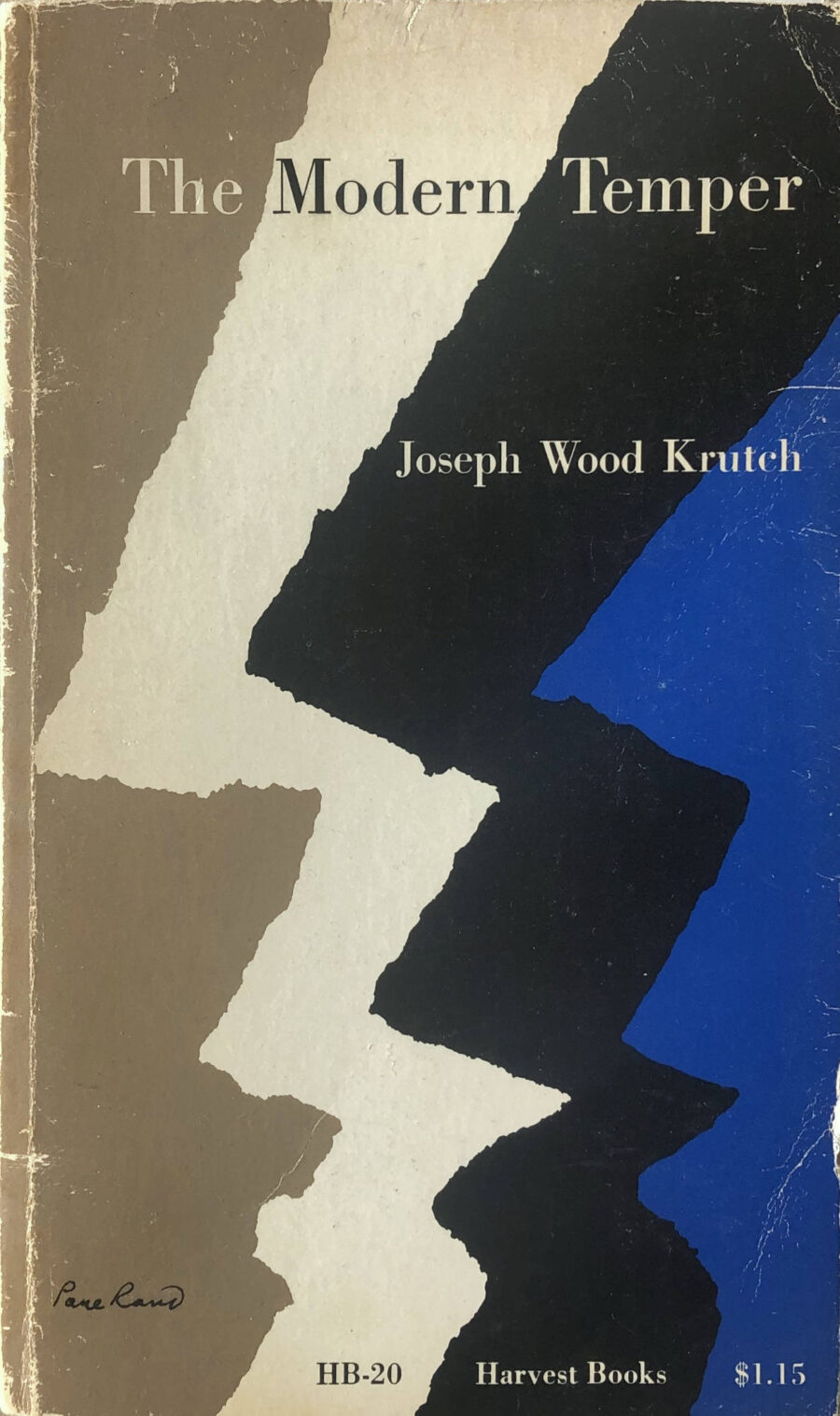Published
A long-overdue work update
It’s been a wild few months professionally.
Earlier this year, I was asked to be the Engineering Manager at SuperHi and started in that role in May. That same month, I gave a talk at Parsons on the invitation of Eric Li and Michael Fehrenbach for their Typography and Interaction students in the MPS CD program. Maybe a month or two ago, SuperHi CEO and friend Rik Lomas and I were interviewed by Aja Singer for the recently-released first episode of her new podcast “Interview Stack” which offers a “deep dive on the engineering hiring process”. She’s a great interviewer, I’d keep an eye on her work.
And then over two thirds of us were laid off from SuperHi yesterday!
It’s unfortunate but understandable given the circumstances, it’s a tough world out there for startups right now. I really wish nothing but the best for the remaining SuperHi team and hope they’re able to reach the lofty goals that we set for ourselves. It’s a great platform and community with so much potential. I recommend checking out the courses and workshops that we recently released including one on generative art, one about Squarespace, and another on integrating AI on the web. There should be a lot more to come soon, SuperHi’s newsletter is the best way to get updates if you’re interested.
We achieved so much together. Personally, I’m really proud to have improved a lot of the accessibility practices, project management, QA, knowledge transfer processes, and documentation at SuperHi, even though some of that isn’t publicly visible just yet. I’m proud of the code I wrote and the languages and frameworks that I learned while there, going from working largely with CSS, HTML, JS, and PHP before to working heavily with TypeScript, Next.js, and React across multiple interconnected projects in a monorepo. I’m also really proud of the quality of our collaboration both across SuperHi in general and particularly within the Engineering team specifically. We shared extremely trusting working relationships which isn’t easy, especially when working remotely.
It’s sad to not be a part of that anymore, and it’s tough when you’ve been working towards a goal so hard for so long and then suddenly the next morning is a blank page.
But I am looking forward to pottering a little. A little blog gardening, improving performance on this site (when did it get so effing slow?! the cobbler’s children have no shoes etc. etc.), maybe finally setting up the bookshelf site I always wanted to make. Will have to do a little bit of LinkedIn cleanup. ::makes gagging sound:: And I had the last week of summer scheduled off anyway so I’ll be spending that fully focused on B, probably wandering in and out of all the water features in every playground within a 5 mile radius.
If anyone has interesting opportunities to share, please give me a shout.
And please do share this with your friends. I think I’m looking for another software engineering role at a remote USA- or UK-based company, or in-person at a NYC-based company. But I’m going to think about it a little more and am aiming to post again soon with more specifics.
Of course I wasn’t the only one, there is a lot of other ex-SuperHi talent out in the world now too including top-notch designers, razor-sharp teachers, meticulous engineers, brilliant strategists, and community management geniuses. I’m not going to post names here just yet because I want to verify who would like what shared, but if you have any opportunities along those lines, send them my way and I’ll make sure they reach the right eyeballs.
Now, time to relax a little during our remaining few days visiting family in the UK. Below are the flowers that my mother in law picked from her garden for me after she heard the news. I wish Smell-O-Vision was a thing, because these are pretty fantastic.
I’ll be back in Brooklyn on Sunday. If you happen to be nearby in the coming weeks, let’s get a coffee or go for a stroll in Prospect Park or something.
Until soon x




